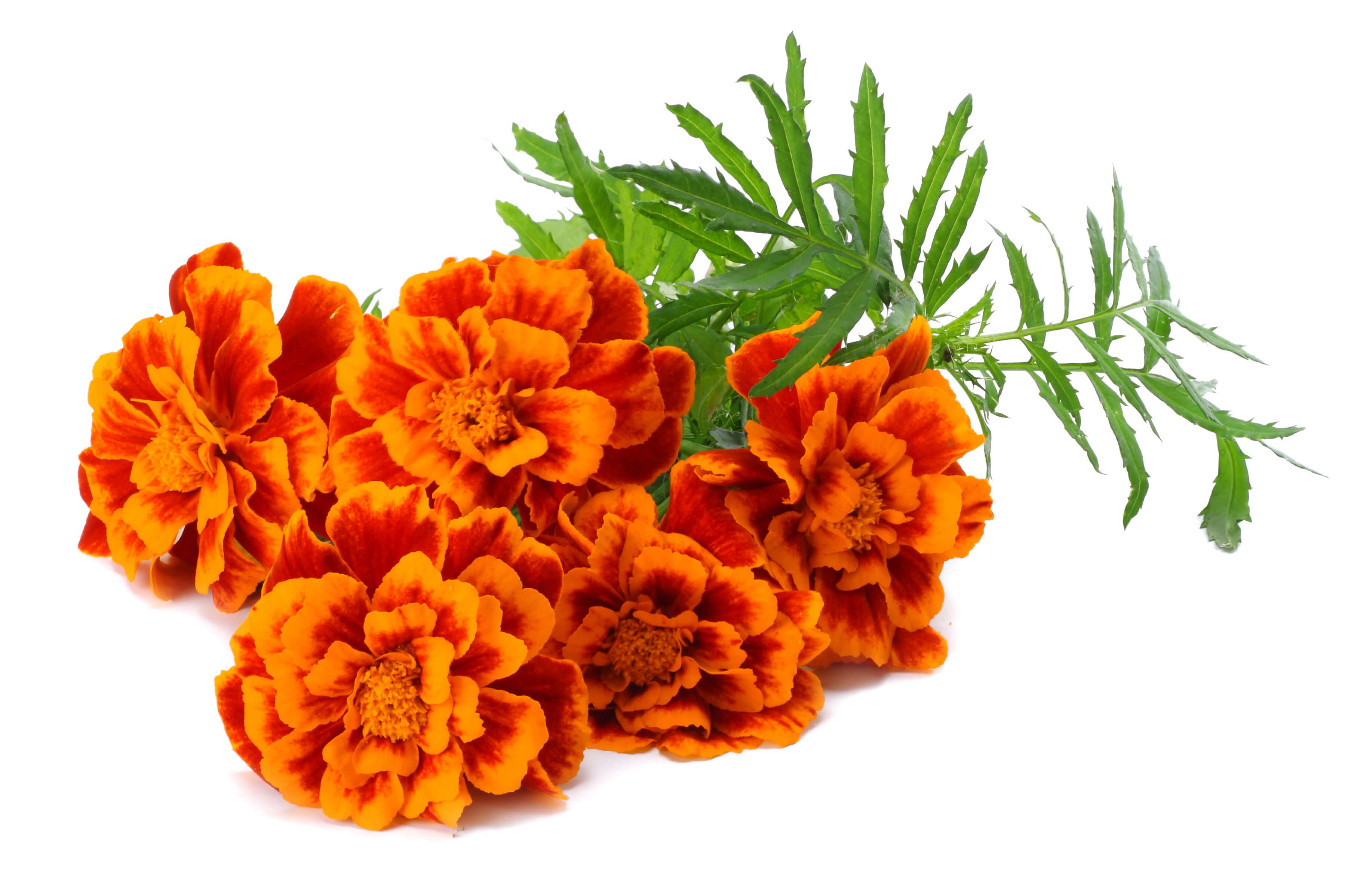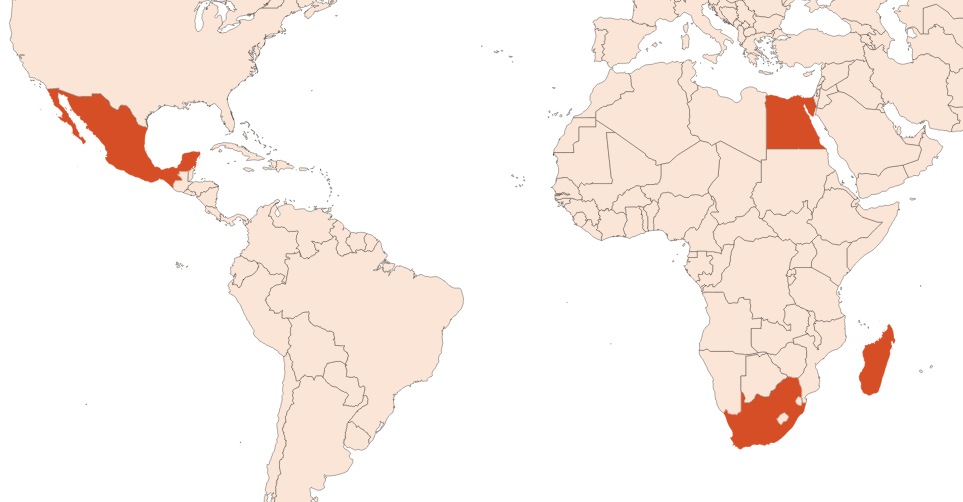Extraction process :
Tagetes grow rapidly in warm climates and at high altitudes. It can grow up to two metres in height. Usually, it is cultivated in fields at high altitudes in the countries where it is grown.
Their harvest is made from April to June, during the flowering of the plant, or a little after, because the flowers contain the essential oil of the plant. Harvesting is done manually, and requires to protect ones arms, because the stems of the plant secrete photosensitizing molecules. With a scythe, growers are cutting the flowers, avoiding cutting the leaves and too much of the stem.
Once harvesting is done, the flowers are distilled without waiting too long, to prevent them from drying out. They are extracted by steam distillation. This means that pressurised water vapour passes through the flowers to carry away their scent principle. At the top of the distillation column, the steam is refrigerated to separate the water from the essential oil in a Florentine vase by decanting.
Tagetes essential oil can be used to isolate the molecules called Tagetone or Dihydrotagetone, which are naturally present in the flower's olfactive principle.
Chemotypes :
The genus Tagetes contains about 30 species. Otherwise known as marigolds, the most cultivated tagetes are the following: Tagetes patula (Mexico, Guatemala), Tagetes argentina (Argentina), Tagetes bipinata, Tagetes minuta (widespread, with small white flowers), Tagetes filifolia (Mexico, Argentina), Tagetes tenuifolia (Mexico), Tagetes balsamita.
Finally, there is the erect tagetes (Tagetes erecta), harvested in Madagascar, at high altitude, and also used in perfumery.
Aromatherapy :
Informations provided below are taken from reference works in aromatherapy. They are given for information purposes only and can not constitute medical information, nor engage the responsibility of ScenTree.
Tagetes is known to be vermifuge (expels intestinal worms) and is recommended in case of respiratory catarrhal infection.





Comments :
The limit only applies to applications on skin exposed to sunshine, excluding rinse-off products (please refer to Table 4 of the QRA booklet for more detailed information).